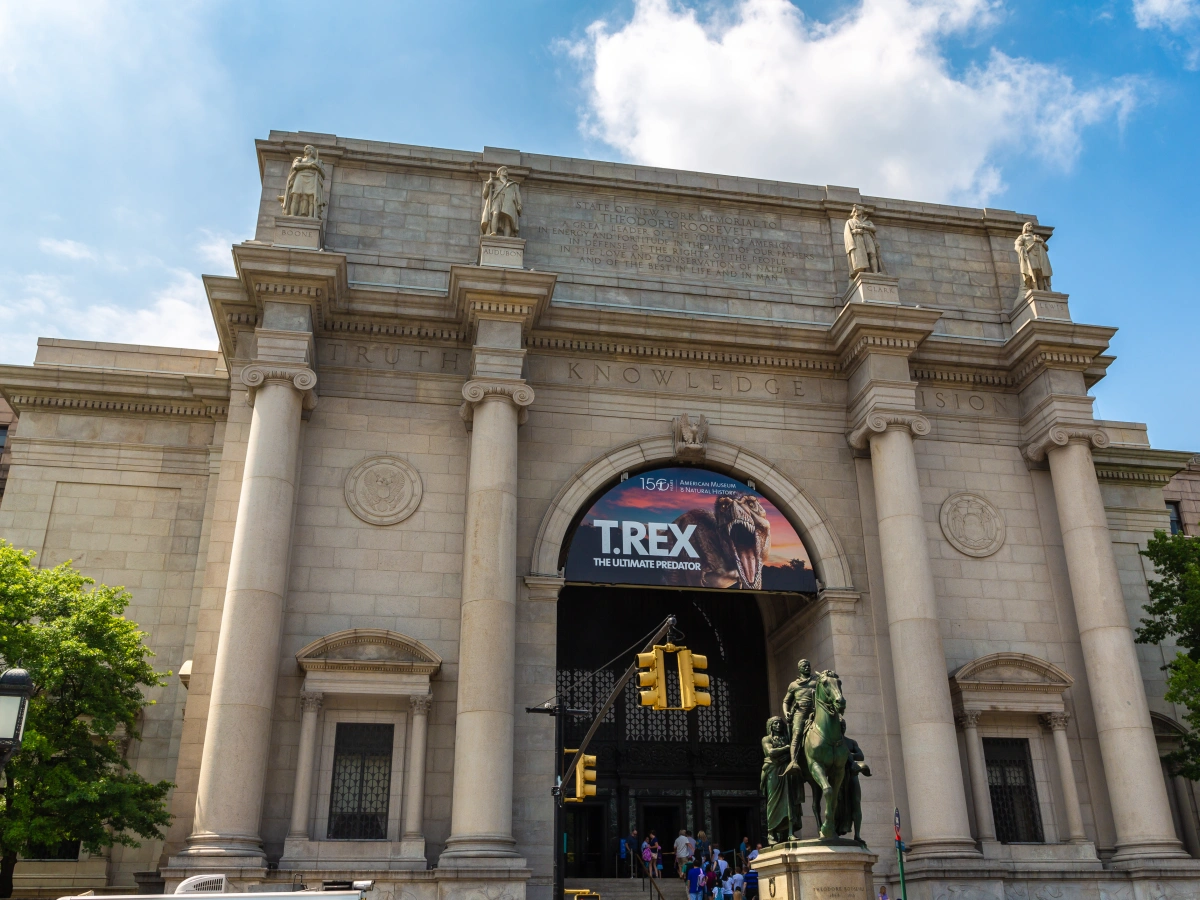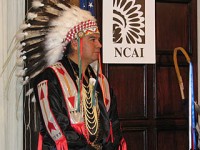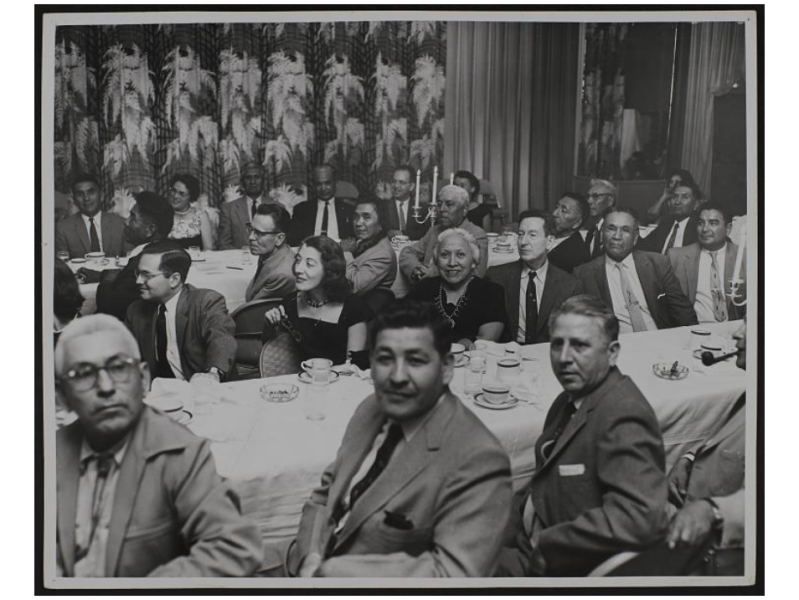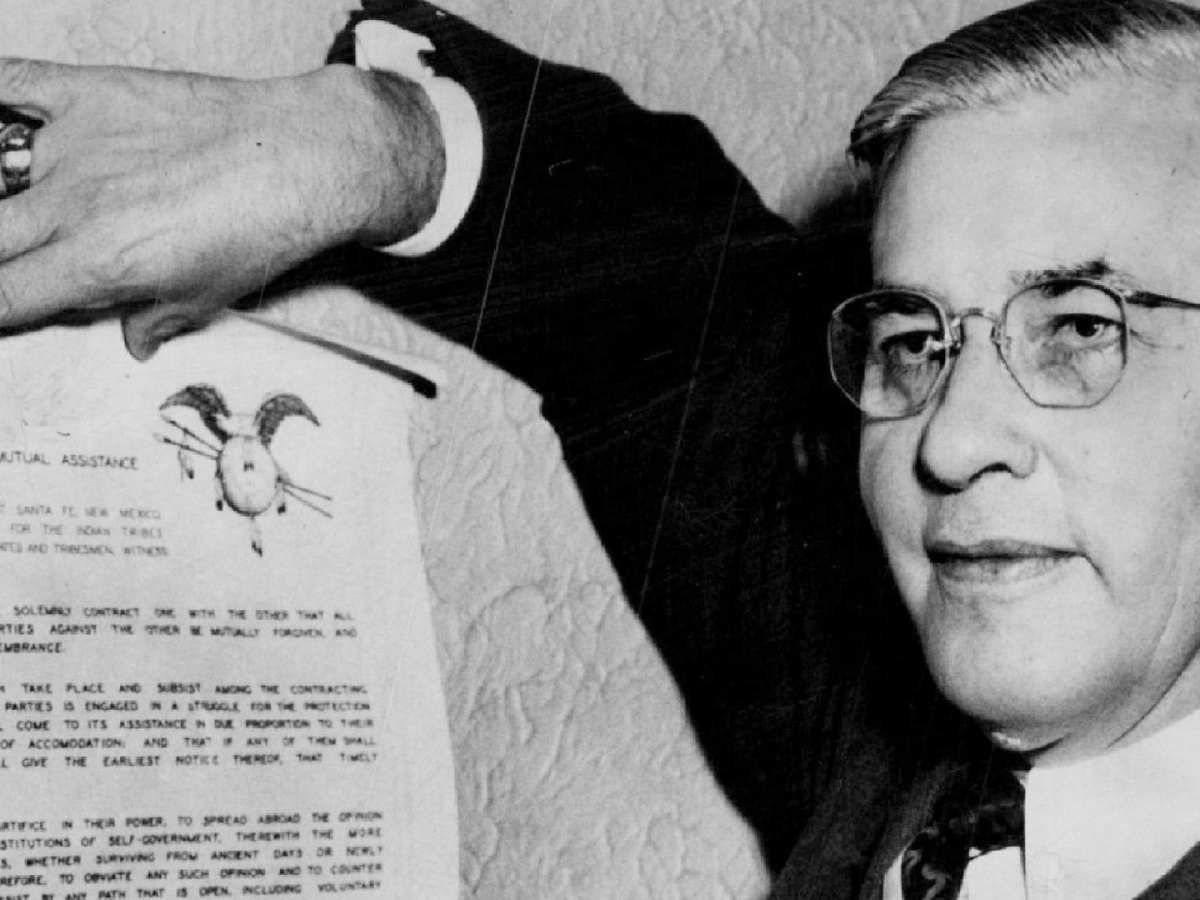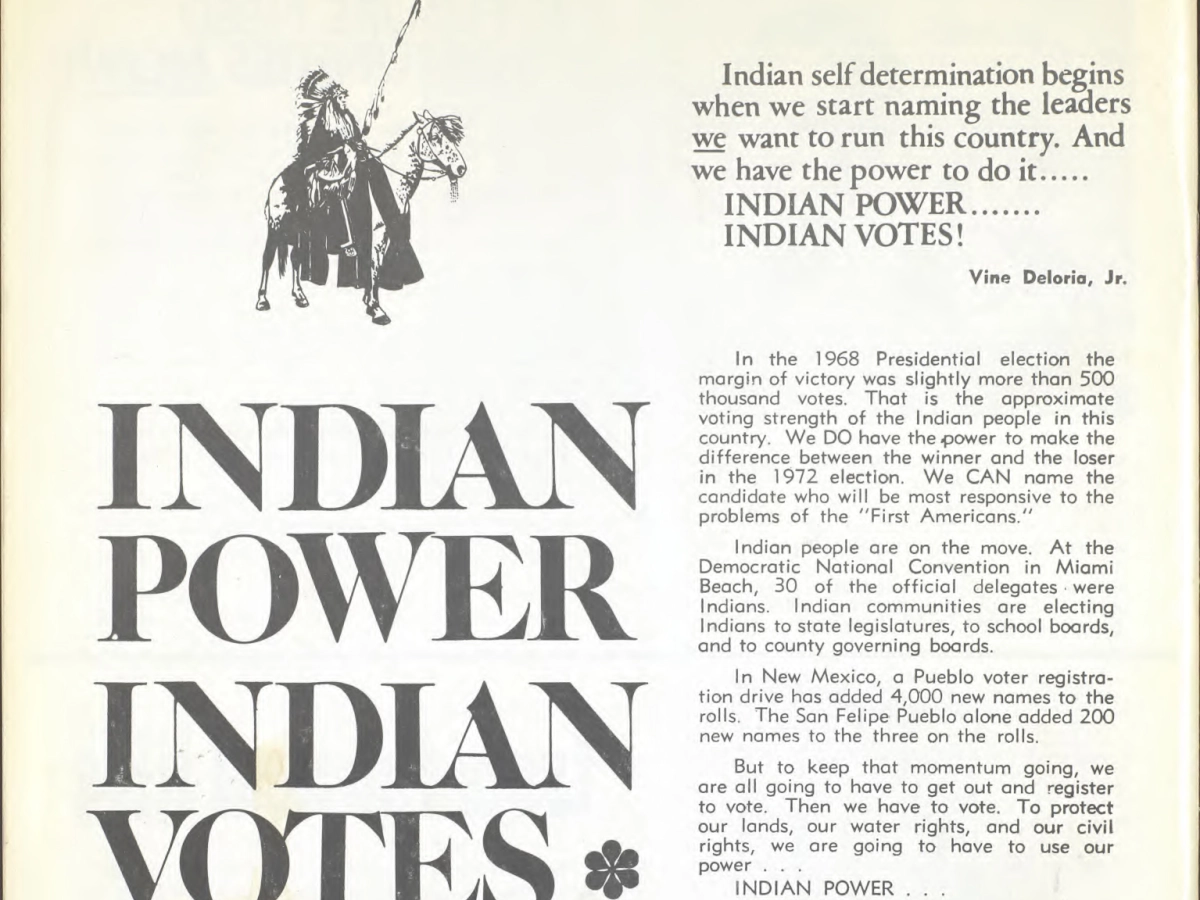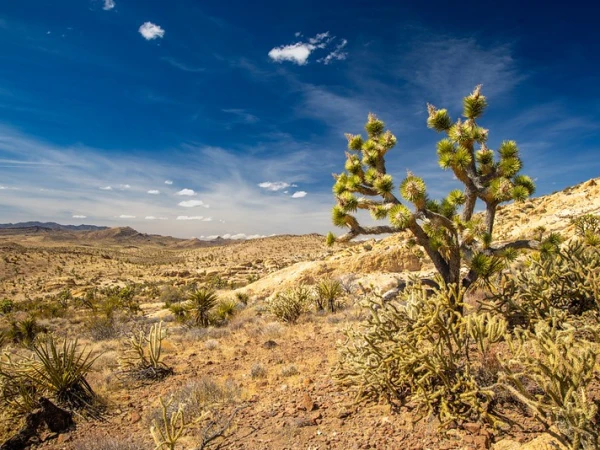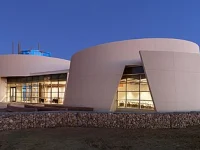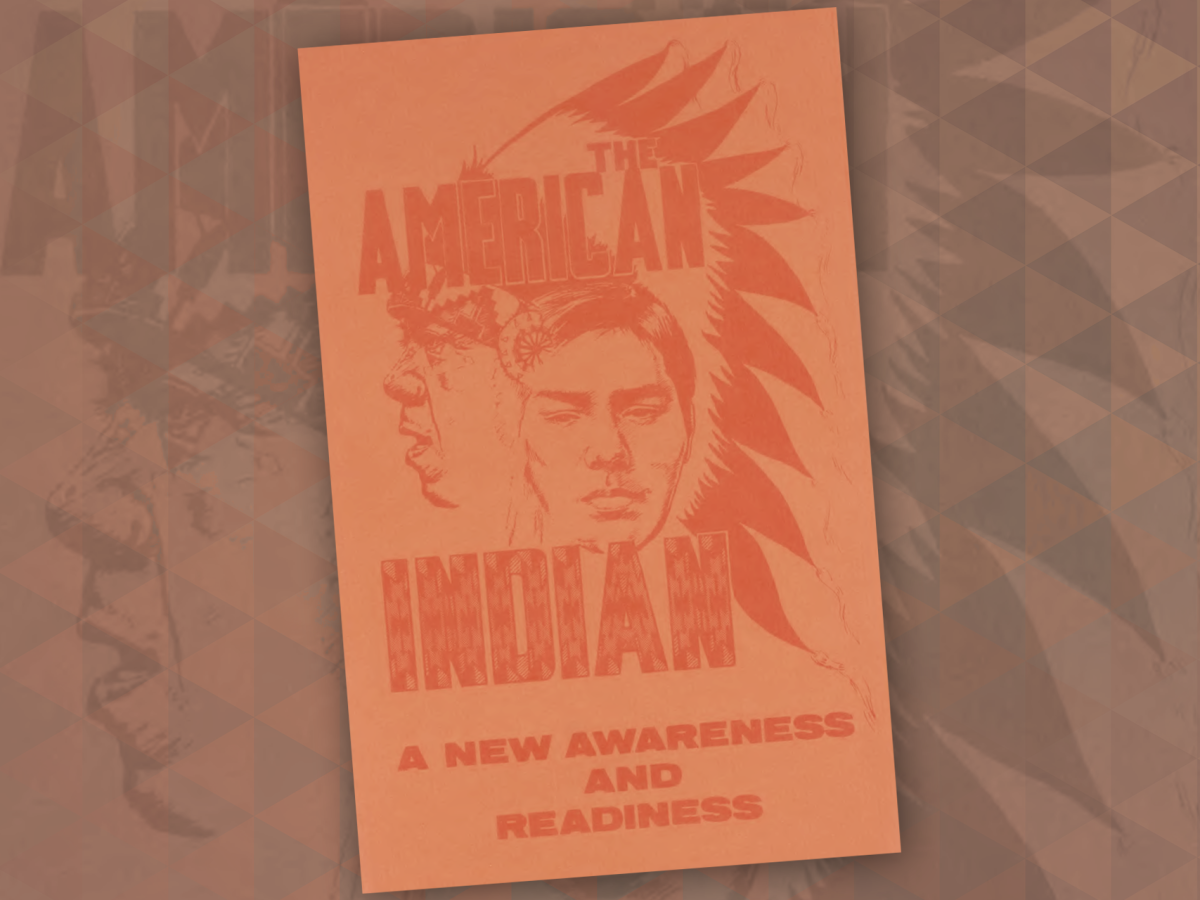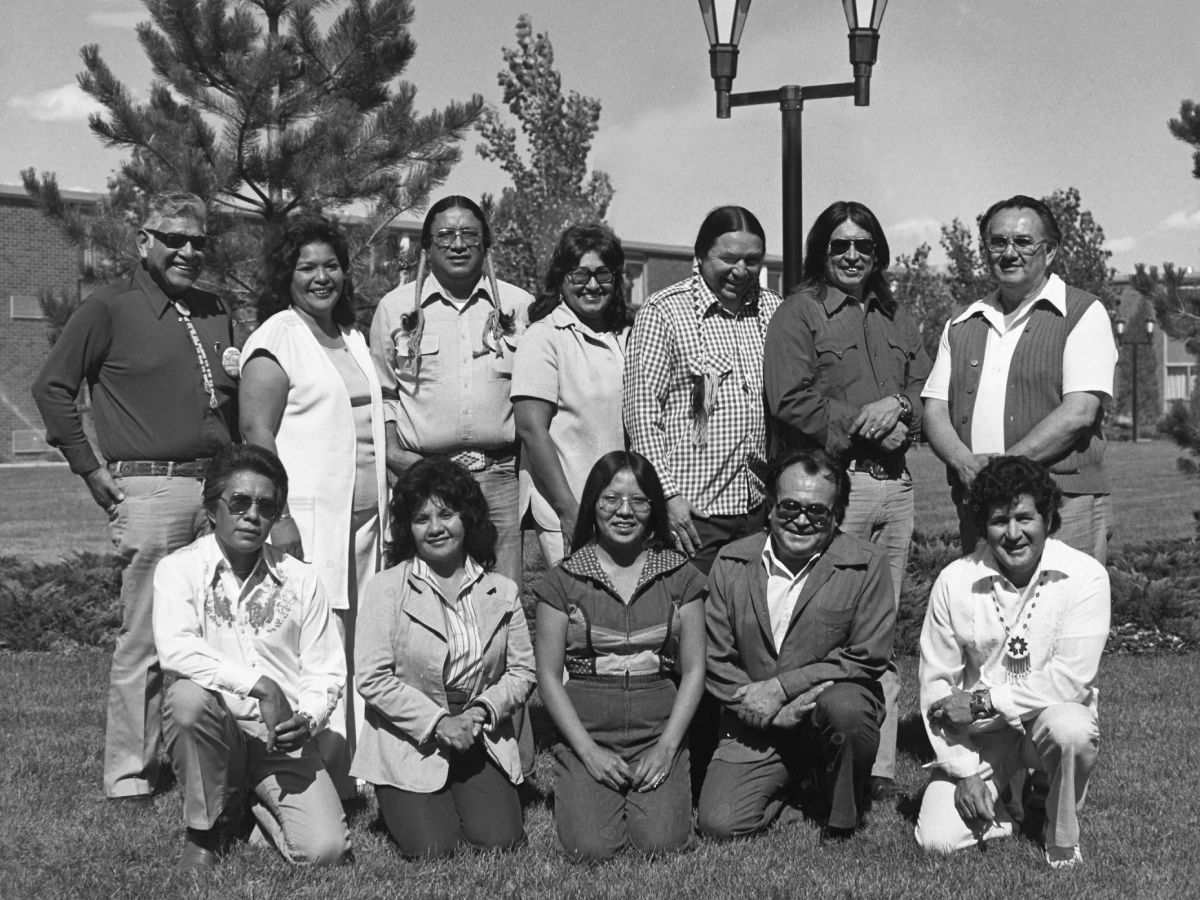Healing Through Restoration: The Native American Graves Repatriation Act
The Native American Graves Repatriation Act (NAGPRA) addresses the treatment and repatriation of cultural items, objects of cultural patrimony, sacred objects, and human remains. Passed into law in 1990 as a result of decades of NCAI advocacy, this legislation goes a long way towards recognizing and respecting the sacred, religious, and cultural rights of American…

